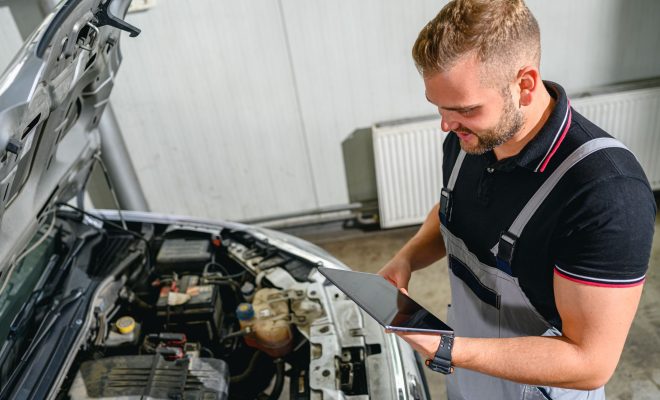How a Car is Made: Every Step from Invention to Launch

Introduction:
The automotive industry has come a long way since the invention of the first automobile in the late 19th century. Today, the process of making a car is an intricate and fascinating marvel of engineering and technology. In this article, we will delve into the detailed journey of how a car is made, from invention to launch.
1. Conceptualization and Design:
The journey begins with brainstorming and visualization, where designers work to dream up new ideas for vehicles that will appeal to buyers. This often involves creating sketches, computer-aided designs (CAD), and 3D models of potential car concepts.
2. Research & Development:
Once the initial design phase is complete, engineers conduct in-depth research on materials, technology, and safety innovations to optimize the conceived vehicle’s performance, efficiency, and overall experience. They fine-tune the design based on this research, making any necessary revisions or improvements.
3. Prototyping:
Next comes prototyping – creating a life-sized model of the vehicle out of clay or foam to evaluate its form and function. This allows engineers and designers to assess various aspects such as aerodynamics, ergonomics, aesthetics, and safety measures before moving forward with production.
4. Testing & Validation:
Once a prototype meets specific requirements, it moves to testing and validation stages. Engineers use crash tests, simulations, wind tunnels, and other controlled environments to ensure that every component adheres to safety standards while also performing optimally on real-world roads.
5. Pre-Production:
During pre-production, essential manufacturing equipment like dies and tools are finalized and checked for quality assurance. Additionally, sample vehicles may be assembled for further analysis before full-scale production begins.
6. Final Production:
With everything in place for final production, assembly lines are set up at automobile factories comprising of three primary stages: body assembly (welding together metal parts), paint shop (applying coats of primer, paint, and clear finish), and final assembly (connecting electrical systems, installing interiors, powertrains, and other vital components).
7. Quality Control & Inspection:
Every vehicle that rolls off the production line undergoes a stringent set of inspections with both human inspectors and advanced technologies working together to ensure the utmost quality. Only upon passing this thorough examination can a car move on to the sales and distribution phase.
8. Transportation & Distribution:
Finally, the completed vehicles are transported to dealerships worldwide via ship or truck. They are prepared for customer demonstrations, test drives, and sales within showrooms.
Conclusion:
As you can see, an incredible amount of work goes into creating a car from inception to launch. With advancements in technology and processes continually evolving, the world’s automotive industry strives to produce more efficient, safe, and stunning vehicles for future generations to enjoy.






